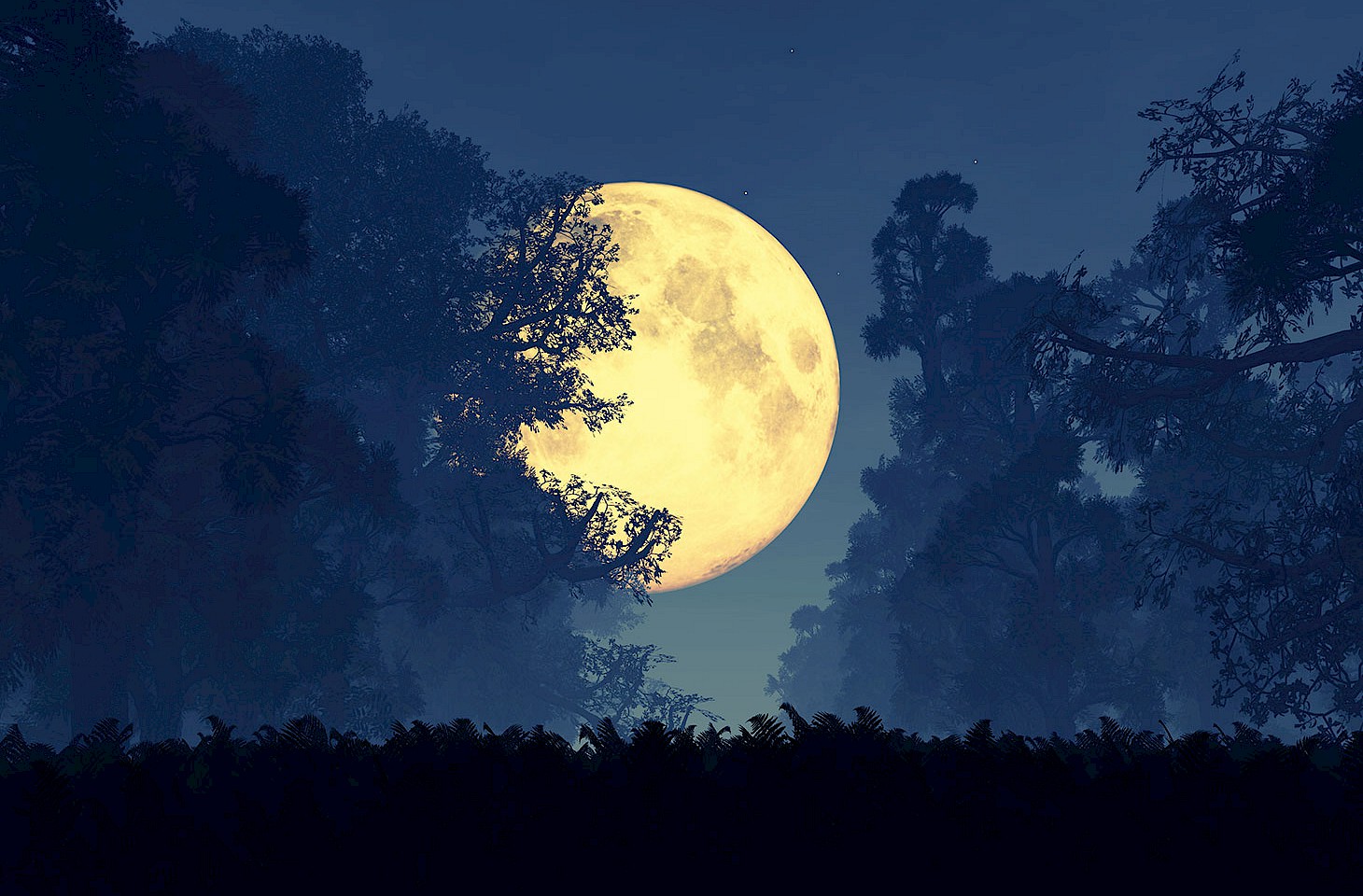Dear fellow travellers
Okay, so the Mayans are getting the blame for their miscalculations. But the upside is that we can all enjoy another Christmas here on planet earth - and thus all that comes with the Feast of the Nativity. For a lot of homebound earthlings, tied to their televisions, that means a marathon of movie reruns.
You may have more stamina than us, but we can only endure a certain number of those endless film adaptations of Dickens' A Christmas Carol. There have been over a score of them. No surprise, perhaps, for Dickens' 1843 novella is one of the most visually evocative of Victorian texts.
Of course, one might look further. Ben Hur (1959) doesn't have a lot of snow, but across much of Europe it is still a prime choice for Christmas viewing. It does have a knack of inducing sleep after too much goose, turkey or whatever other food is the preferred protein for celebrating the birth of Jesus Christ. But everyone is still awake for the prologue of Ben Hur, which boast one of the most striking Nativity scenes in film history.
Monty Python's scurrilous Life of Brian (1979) is of course memorable for its fetching Christmas crib scene, but purists may judge it to be just a little thin on theological insight. As nowadays the season of good cheer has extended well beyond Christmas to embrace the New Year, then the Coen Brothers' film The Hudsucker Proxy (1994) is certainly appropriate holiday viewing. And it is a film that invites a little spiritual reflection.
Our inclinations tend to the east and Russia has produced its fair share of memorable holiday films. Eldar Ryazanov's nicely satirical Carnival Night (1956), set on New Year's Eve, is guaranteed to raise a seasonal laugh. It comes from the immediate post-Stalin era when Russians were learning to smile at the bureaucratic nonsense that surrounded the workplace - in this case an extraordinarily dull Economics Institute.
Two decades earlier, cinema goers were reminded of how terrible life was before the Revolution as they watched the first-ever Soviet feature film in colour. Grunia Kornakova (1936) told the tale of Christmas Eve in a capitalist porcelain factory where the women workers endured Dickensian conditions.
So, there we are... back to Dickens again. Most conversations about Christmas come back to Dickens eventually. The great English writer, the bicentennial of whose birth has been well-marked this year, has shaped the iconography of Christmas. He deftly redefined English meteorology to create copious snow that always fell gently - deep and crisp and even. In so doing, he created a myth that was exported across Europe. Even Italian and Spanish film makers had a shot at fixing A Christmas Carol on celluloid. They, like generations of other directors, have imposed their own particular agenda and interpretation on Dickens' original story. But no-one has dared meddle with the snow.
Whichever films you watch this Christmas, and whatever the weather, whether you mark Christmas according to the Latin or Orthodox calendar (or not at all), we wish you a very happy and peaceful time over the upcoming holidays.
Nicky Gardner and Susanne Kries
(editors, hidden europe magazine)


